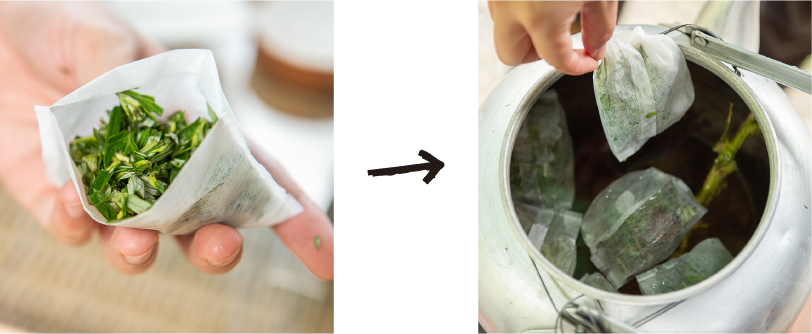"Why is my hometown different from Buta?" Wilang grew up confused, until he started looking into old documents, connecting with old groups, and visiting old settlements during university. He followed his elders back to Haga Paris to find his roots, and decided that Haga Paris should be seen by the world.
Wilang and Pisuy spent time visiting with elders and reading through documents. In 2016, they built an Atayal home on family land. The two care for the land at the foot of the mountain so that Atayal culture can take root and grow.
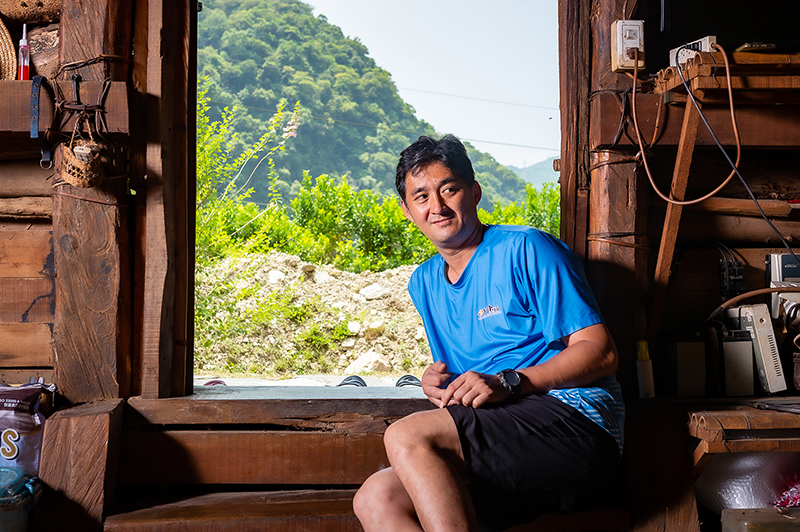
Atayal family houses are dug 1.5 to 2 meters✱ into the ground. This reduces the area exposed to the wind, making the house resistant to high winds and typhoons. The deeper the posts are driven into ground, the stronger the structure becomes, and the home will not be easily blown down.
✱Atayal family homes don't follow a standard size. Instead, they vary according to the physique of the man of the house. Building measurements like length, width, and depth are based on the length of his arm.
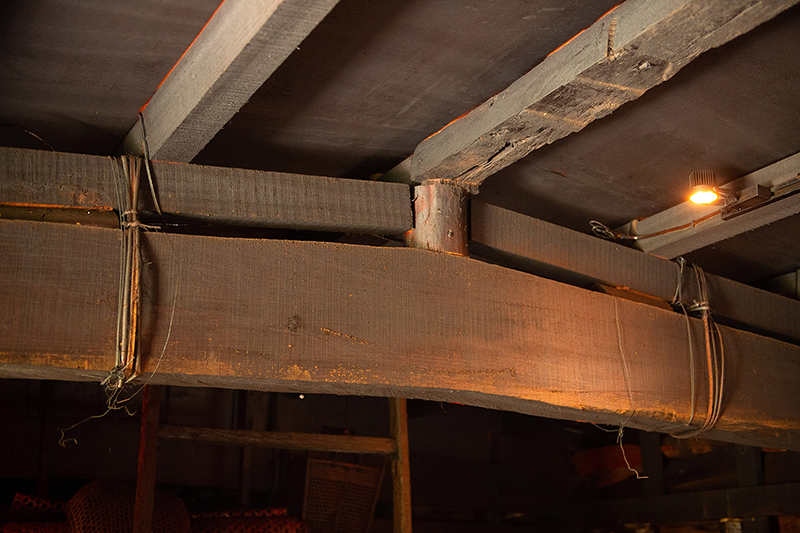
While higher quality trees like red beech, ironwood, and Formosan Michelia can be found in the forest, softwoods such as red cypress, yellow cedar, and incense cedar are more commonly used as traditional posts for three reasons:
1. Softwood is tough and flexible, making it ideal for layered construction.
2. Softwoods have oils that reduce susceptibility to damage by insects.
3. Hardwood is too heavy. In the past when wood was moved by hand, no one wanted to carry a crushing load of hardwood!
 When people wanted to build using cypress, they didn't just go into the mountains and start chopping down trees. If they did, the sap would run too quickly and be lost, and the tree would soon die. Instead, driftwood was collected by rivers after typhoons or when clearing trails. If someone planned to get married and build a new home, the community would take the opportunity to collect wood together.
When people wanted to build using cypress, they didn't just go into the mountains and start chopping down trees. If they did, the sap would run too quickly and be lost, and the tree would soon die. Instead, driftwood was collected by rivers after typhoons or when clearing trails. If someone planned to get married and build a new home, the community would take the opportunity to collect wood together.
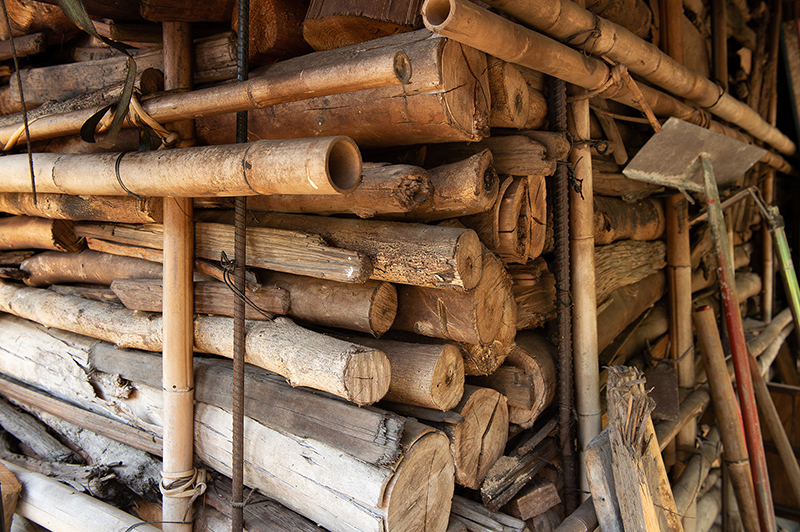
Elaeocarpus and alder are commonly used for walls. Alder grows especially well.
These houses were traditionally found in the mountains. But this one isn't far from the sea. Many typhoons have hit Nan'ao that corrugated steel houses can't withstand, let alone houses made from natural materials. Considering the different environment and maintenance needed each year, Wilang used a hidden steel structure, a technique somewhat outside traditional home construction methods.
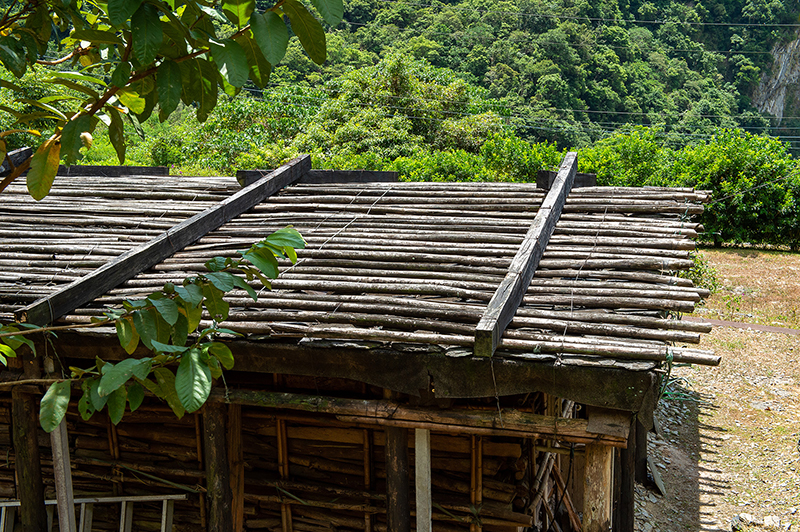
Don't mistake the roof for a simple one-part structure. It's actually made of six layers! First, the bamboo needs to be cut lengthwise, flattened, and fastened → waterproof using cypress bark → place bamboo across the cypress bark → put slate on the inside of the bamboo to prevent slipping → add another layer of bamboo → last, cover with wood. That's how a leak-proof roof is made!
Traditional Atayal family houses were built by families working in reciprocal cooperation. But that kind of working together is a thing of the past. That's why Wilang created Gaga 2.0 - to bring likeminded people together to build traditional homes and reciprocal relationships. Hundreds were mobilized and worked on the project for more than three months.

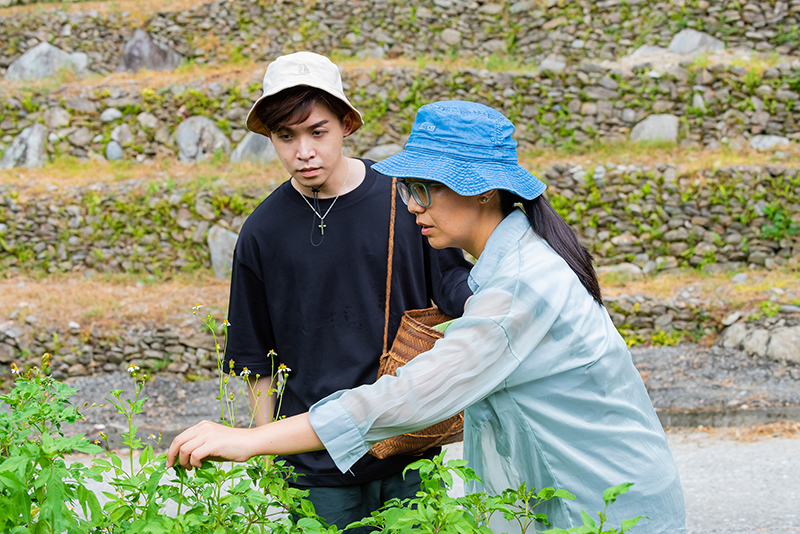
That's not a wall surrounding the Atayal family house, it's a bunch of natural plant-based Pokemon! It took Pisuy some years to transform from a green young student to a green thumb. Let's go see how many plants you recognize!

Shatterstone is "cold". It soothes the liver and reduces liver heat. It improves eyesight and sleep.


During an ancient war in a foreign land, the soldiers became sluggish but their horses were full of energy. The horses were later seen eating a certain plant at their feet. "Che qian cao", or "grass before the chariot" as Dooryard Weed is named in Chinese, improves eyesight and relieves diarrhea. Atayal people apply its roasted leaves to insect bites to reduce inflammation and remove pus.
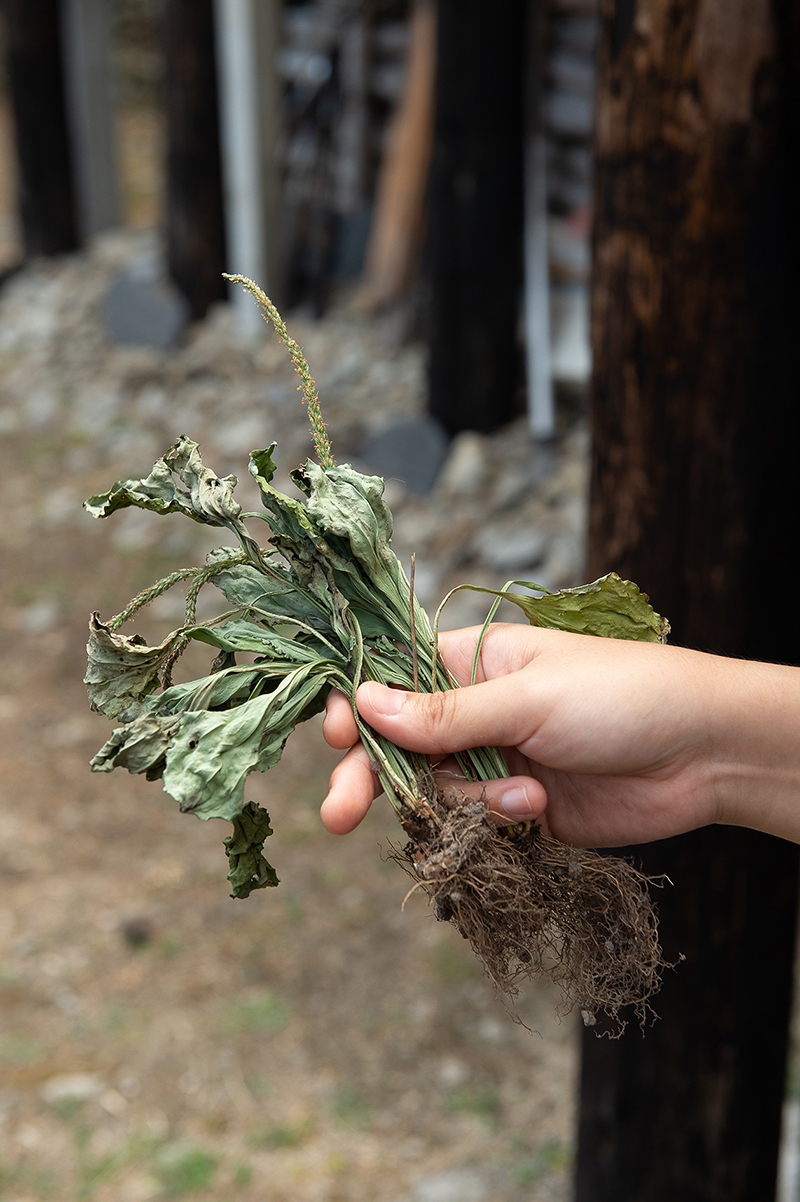

Rub the leaves of this herb to extract a juice that reduces inflammation and itching caused by insect bites and stings. Chewing the leaves can moisten the throat, but remember to spit them out.
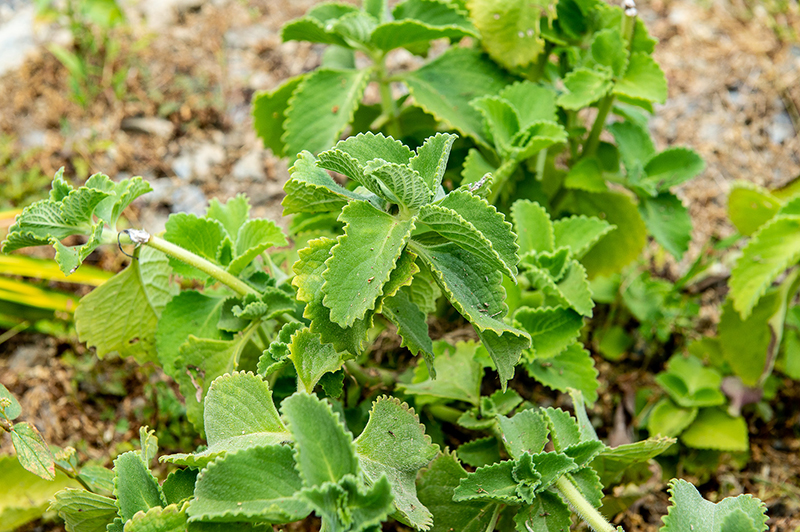

Non-indigenous ranchers used this vine for their cattle and to make rope. The plant helps to heal wounds and reduce inflammation.
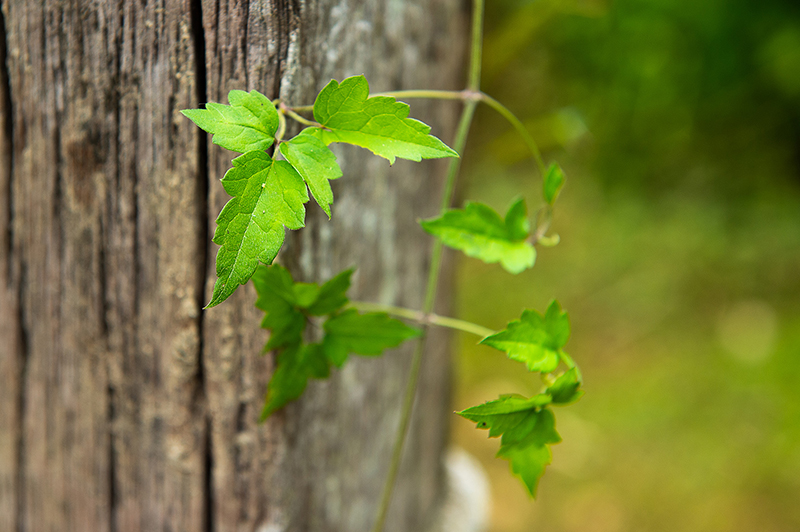
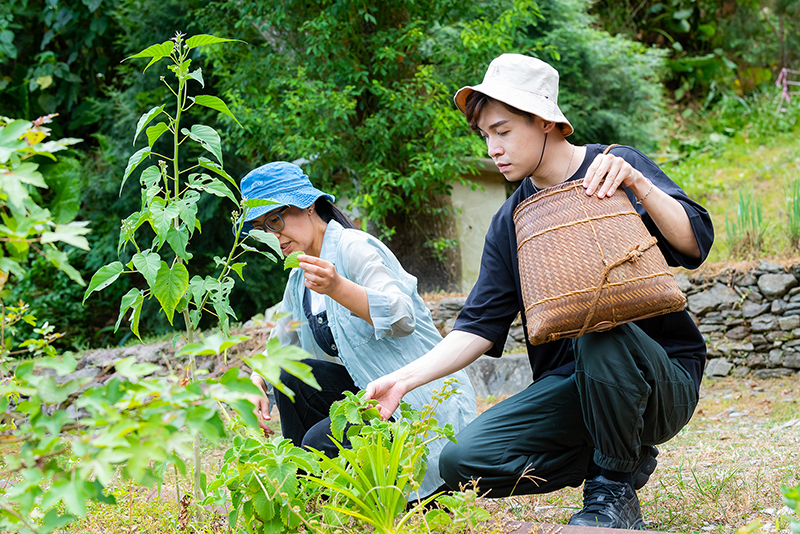

Mulberry leaves clears heat element from the body, relieve edema, and stimulate bowel movements. Mulberries can be used to dye fabric purple, which is Pisuy's favorite color!
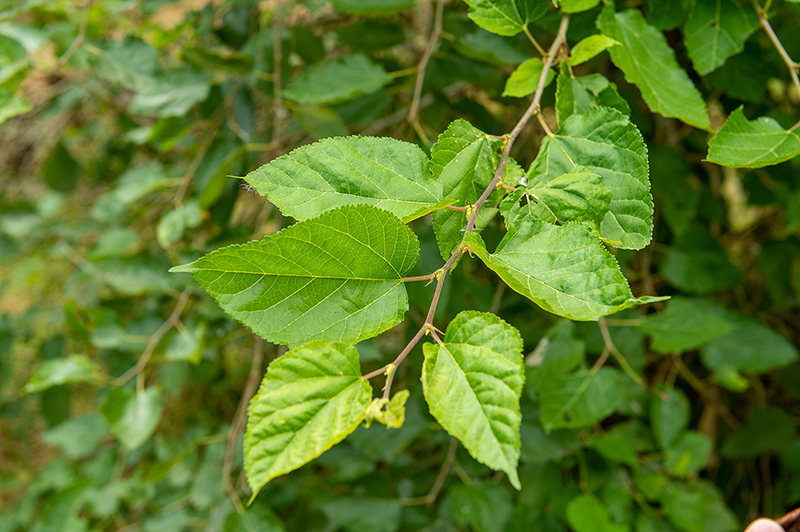

Besides being a shy or "sleepy" plant, sleepy plant can be used to treat insomnia. But it contains trace toxins, so be wary of the dosage.
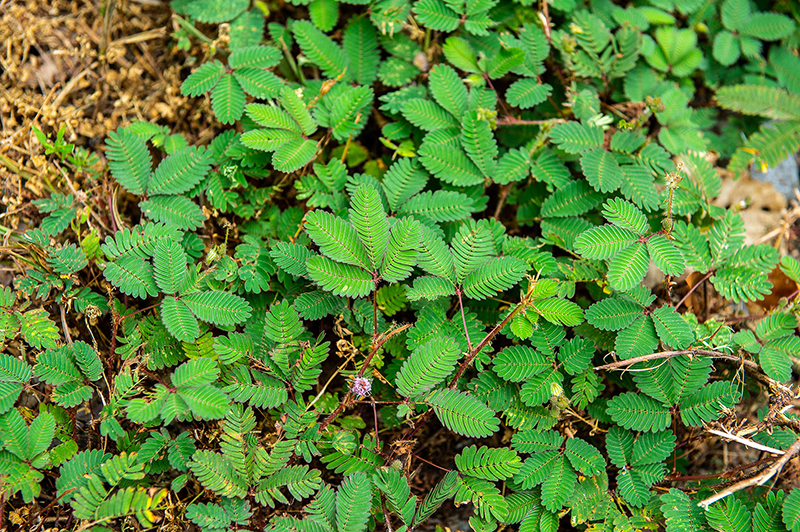

Like the cassia seed, plumed cockscomb clears heat element from the body and improves eyesight.
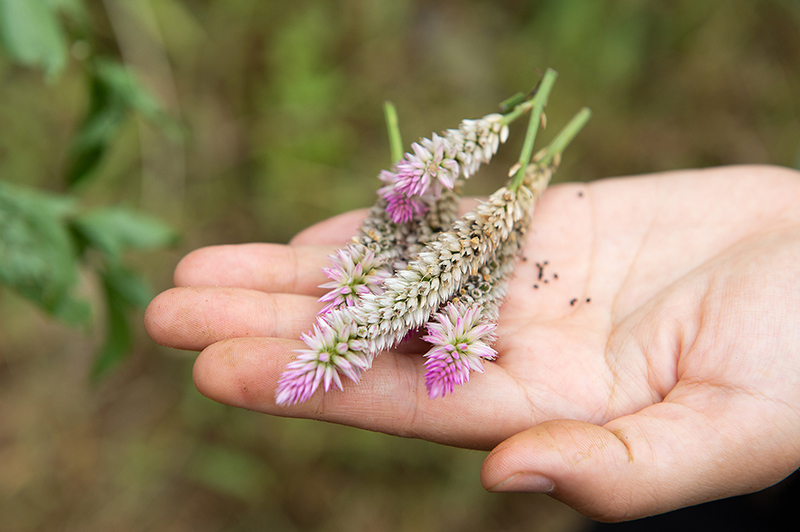

Indigenous cinnamon has warming properties in traditional Chinese medicine. It improves stomach health, heightens alertness, helps maintain the prostate, and reduces nighttime urination.
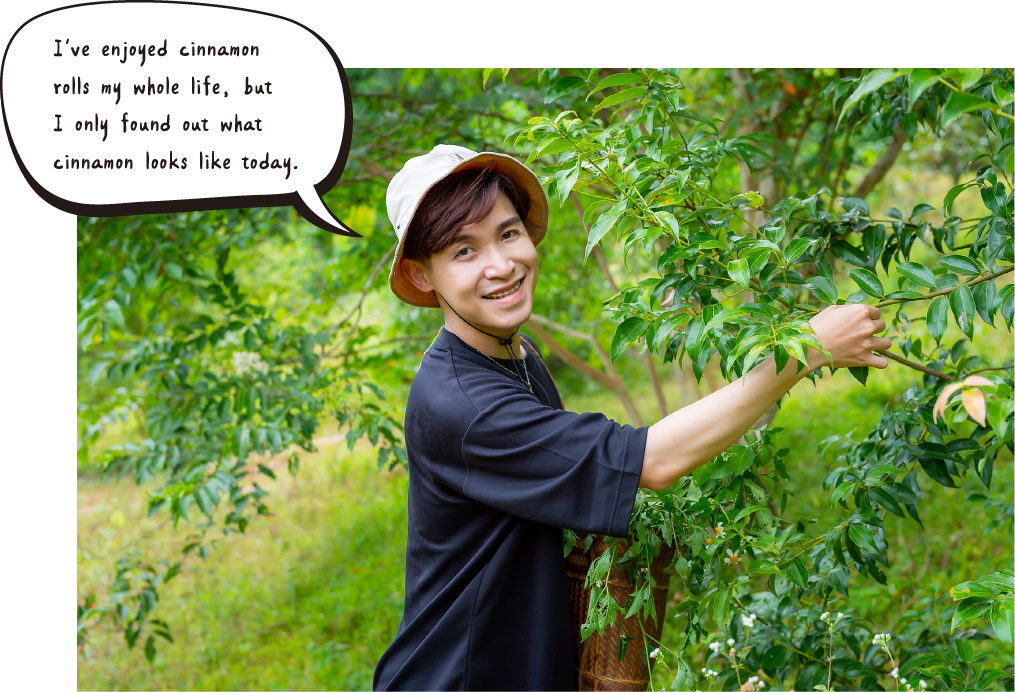
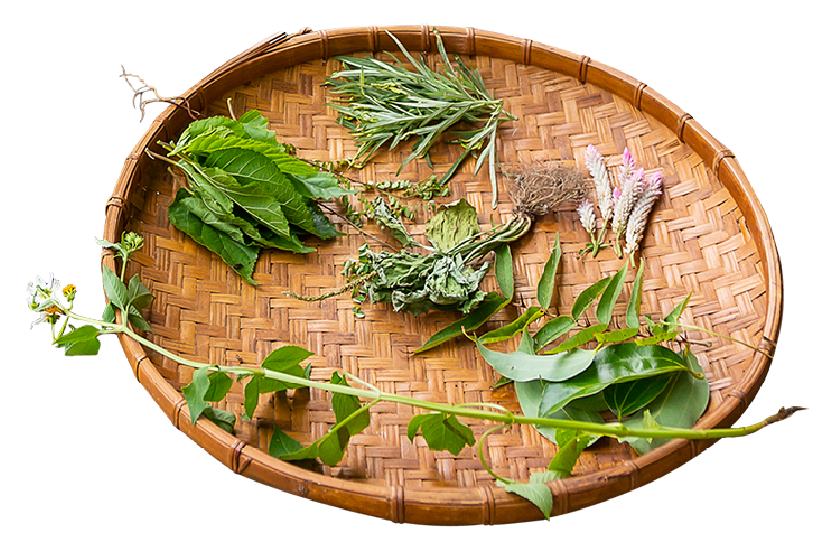
Cut the herbs into small pieces, stuff the mixture into a tea bag, boil for half an hour, and it's ready to drink!
